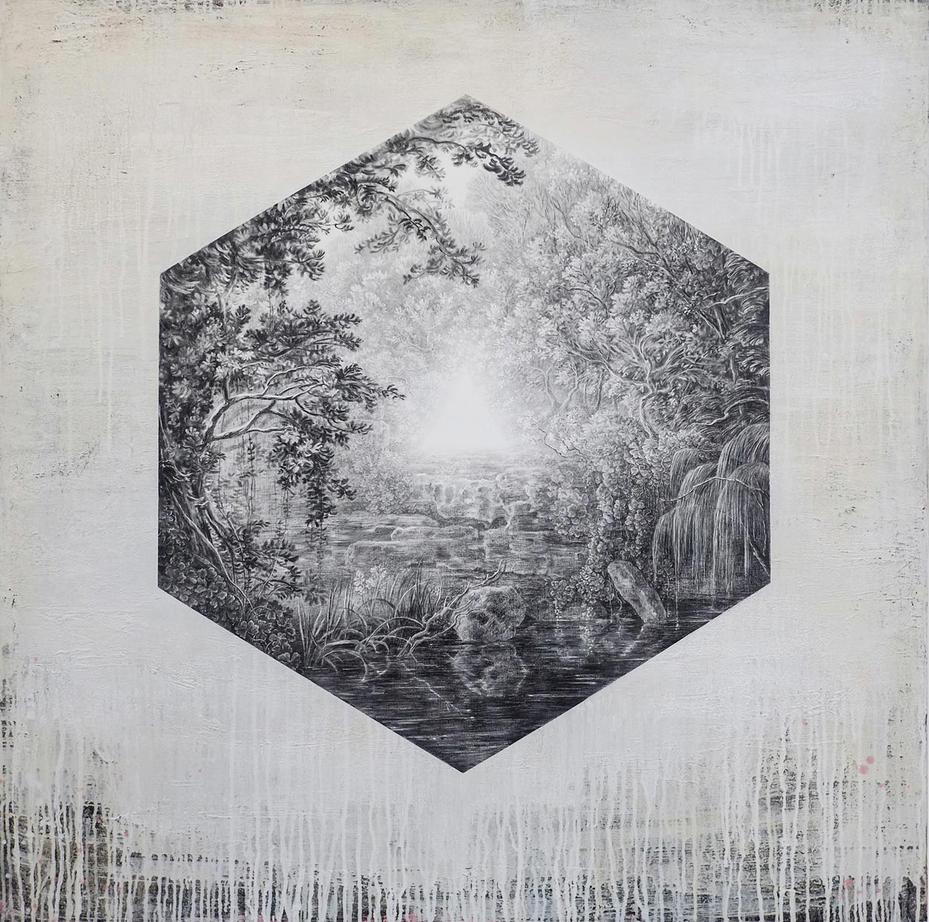Anatomy of the Soul and Life Force Energy – ROBERT SEPEHR
Dr. Iain McGilchrist – The Divided Brain and Human Behaviour
Pierre Grimes – The Myth of Er in Plato’s Republic
Real Engineering – The Mystery Flaw of Solar Panels
Robert Sepehr – Lilith and the Sacred Serpent
Terence McKenna – The Tree Of Knowledge – [COMPLETE 10 HOUR TALK]



